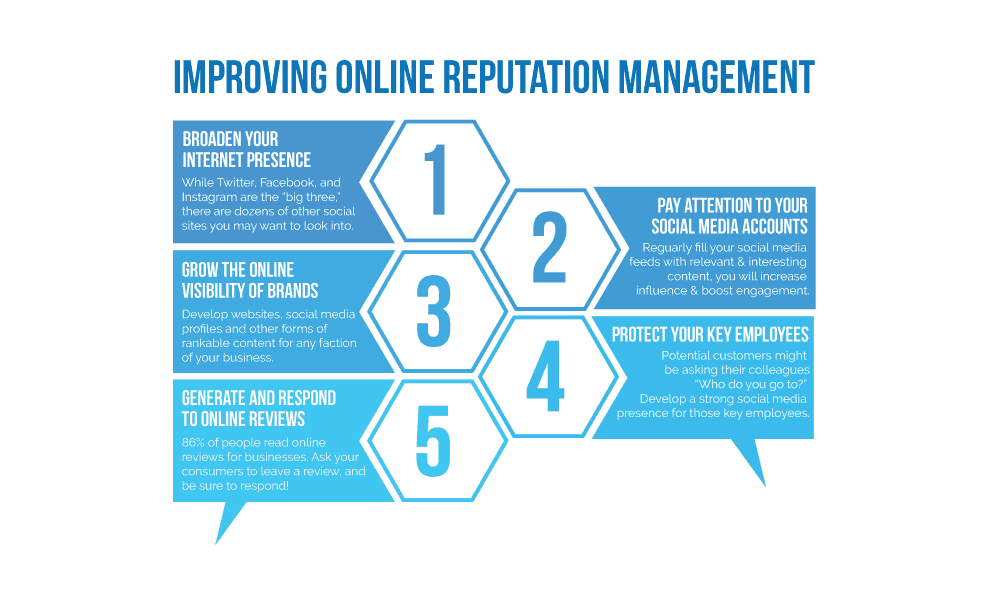
Mastering the Art of Online Reputation Management: Navigating Critique with Grace
In the digital age, where every comment, review, and tweet can either build or bash your brand’s reputation, managing online critique has become paramount. Unlike the days of yesteryear where feedback was often given in person or through written letters, today’s criticisms are immediate, public, and can be seen by a vast audience. Therefore, it’s crucial to have a strategy for handling reviews, comments, and feedback with poise and professionalism.
Understanding the Importance of Online Feedback
Before diving into the strategies for managing critique, it’s essential to acknowledge the significance of online feedback. Comments and reviews can influence potential customers more than you might imagine. Positive reviews can bolster your business, while negative critique – depending largely on how it’s handled – can provide an opportunity to showcase your brand’s commitment to customer satisfaction.
1. Listen and Acknowledge
The first step in effective online reputation management is to listen actively to what is being said. Do not ignore negative comments; instead, read and understand them. It’s important to show your audience that you are approachable and value their inputs. Acknowledge the critique promptly with a simple, “Thank you for your feedback,” which shows that you are attentive and care about what your customers think.
2. Keep Your Responses Professional and Polite
When you respond to a critique, remember that your response can be seen by everyone. Always maintain a tone that is professional and courteous, regardless of the tone of the critique. Avoid getting defensive; such a reaction can escalate the issue and damage your brand’s reputation even further. A calm and composed reply often reflects positively on your brand’s image and can sometimes even turn critics into loyal customers.
3. Take the Conversation Offline if Necessary
If the issue discussed critique is complex or heated, it may benefit both parties to take the discussion offline. Provide a contact number or email where the individual can reach you to discuss the matter in a more personal and detailed manner. This approach can prevent a public back-and-forth that may not reflect well on your online presence.
4. Learn and Improve
Every piece of criticism is an opportunity to learn and improve. If you notice a consistent pattern in the feedback, it’s time to take a step back and evaluate. There may be a need for change within your products, services, or customer approach. Demonstrating that you’re willing to make improvements based on customer feedback can reinforce customer trust and loyalty.
5. Encourage Positive Reviews
An excellent way to manage your online reputation is to proactively encourage satisfied customers to leave positive reviews. The more constructive feedback you garner, the less impactful a negative critique will be. Be cautious, however, not to solicit reviews artificially, as insincere reviews can backfire and hurt your credibility.
6. Monitor Your Online Presence
Stay informed about what’s being said about your brand online. Use tools to monitor social media, forums, and review sites so that you can respond to feedback swiftly. Early detection of a negative trend can afford you the time to craft an appropriate response and strategy to mitigate possible fallout.
7. Build a Positive Online Presence
Proactively sharing content that reflects your brand’s values and mission can contribute to a positive online reputation. This can take the form of blog posts, videos, or social media content that informs, entertains, and engages your audience. A robust and positive online presence can make the occasional negative critique less harmful.
8. Know When to Apologize
If you’ve made a mistake, admit it. There’s a tremendous power in a sincere apology. Not only can it defuse a tense situation but it can also demonstrate humility and a willingness to correct errors. A business that can own up to its mistakes and take corrective action is one that customers can trust.
9. Be Consistent
Consistency in your responses, online interactions, and the quality of service you provide can build a more resilient brand image. Being consistently reliable and responsive will make your brand seem more dependable and trustworthy in the eyes of your customers.
10. Seek Professional Help if Needed
Sometimes managing an online reputation can be overwhelming, especially if there is a significant amount of negative feedback or if a particular incident has sparked wide public interest. If you find yourself in over your head, don’t hesitate to seek the services of a professional reputation management agency. They have the experience and the tools to help navigate challenging situations.
Conclusion

Managing your online reputation in the face of critique doesn’t have to be a daunting task. By listening attentively, responding professionally, and using negative feedback as a catalyst for positive change, you can maintain and even enhance your brand image.
Remember that the goal isn’t to eradicate critique but to handle it in such a way that your brand’s strength and maturity shine through. The critiques will come; it’s how you manage them that defines your brand’s true reputation. So, embrace feedback of all kinds, and let it guide you to higher levels of excellence and customer satisfaction.